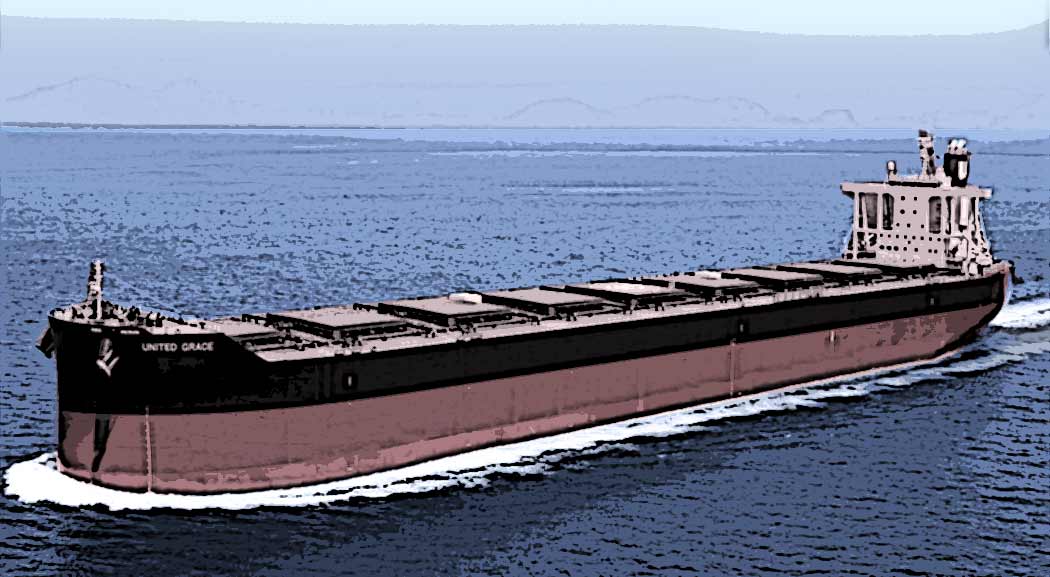The Baltic Exchange’s dry bulk index rose 5.7% to 1,503 on Tuesday (Feb. 8), its highest since January 19th, amid strong demand across all its vessels segments.
The index, which provides a benchmark for the price of moving the major raw materials by sea, is issued daily by the London-based Baltic Exchange and is a composite of three sub-indices that measure different sizes of dry bulk carriers: Capesize, Panamax and Supramax.
The Capesize Index climbed 54 points, or 4.7%, to 1,202.
Capesize vessels are the largest dry bulk marine option and typically transport coal, iron ore, and commodity raw materials cargoes of about 150,000 tonnes.
Average daily earnings for capesizes rose by $448 to $9,969, according to Reuters.
The Panamax Index rose 116 points, or 6.3%, at 1,971. Average daily earnings for panamaxes increased by $1,046 to $17,740.
Panamax vessels usually carry coal or grain cargoes of about 60,000 to 70,000 tonnes. These vessels each have seven cargo holds and are designed to fit the locks of the Panama Canal.
The Supramax Index gained 96 points to 1,734.
Supramax are medium-sized vessels with a carrying capacity between 48,000 and 60,000 DWT. Because of their smaller size, Supramax vessels can enter and exit smaller ports.
Supramaxes are also referred to as Handymaxes (or Handysize).

The Baltic Exchange’s dry bulk index is often viewed as a leading indicator of economic activity because changes in the index reflect supply and demand for important materials used in manufacturing The index can experience high levels of volatility because the supply of large carriers tends to be small with long lead times and high production costs.
Historically, Baltic Exchange Dry Index reached an all time high of 11793 in May of 2008.
The Baltic Exchange also operates as a maker of markets in freight derivatives, including types of financial forward contracts known as forward freight agreements.
Dry bulk freight rates periodically hit multi-year highs in 2021 but a repeat of this extraordinary feat is unlikely in 2022, as rising inflation could prove an obstacle.
Meanwhile, the dry bulk fleet growth this year, is expected to average around 2%, compared to about 4% in 2021, according to analysts’ estimates.
On the bright side, demand growth for grains, bauxite and other minor bulks are expected to grow as the world moves towards reducing carbon intensity. This move, could support the sub-Capesize sectors, according to analysts.
Furthermore, the trend of containerized cargoes and containers being moved on bulkers is expected continue at least till the middle of 2022, supporting the dry bulk market.
With reporting by Reuters, Platts







